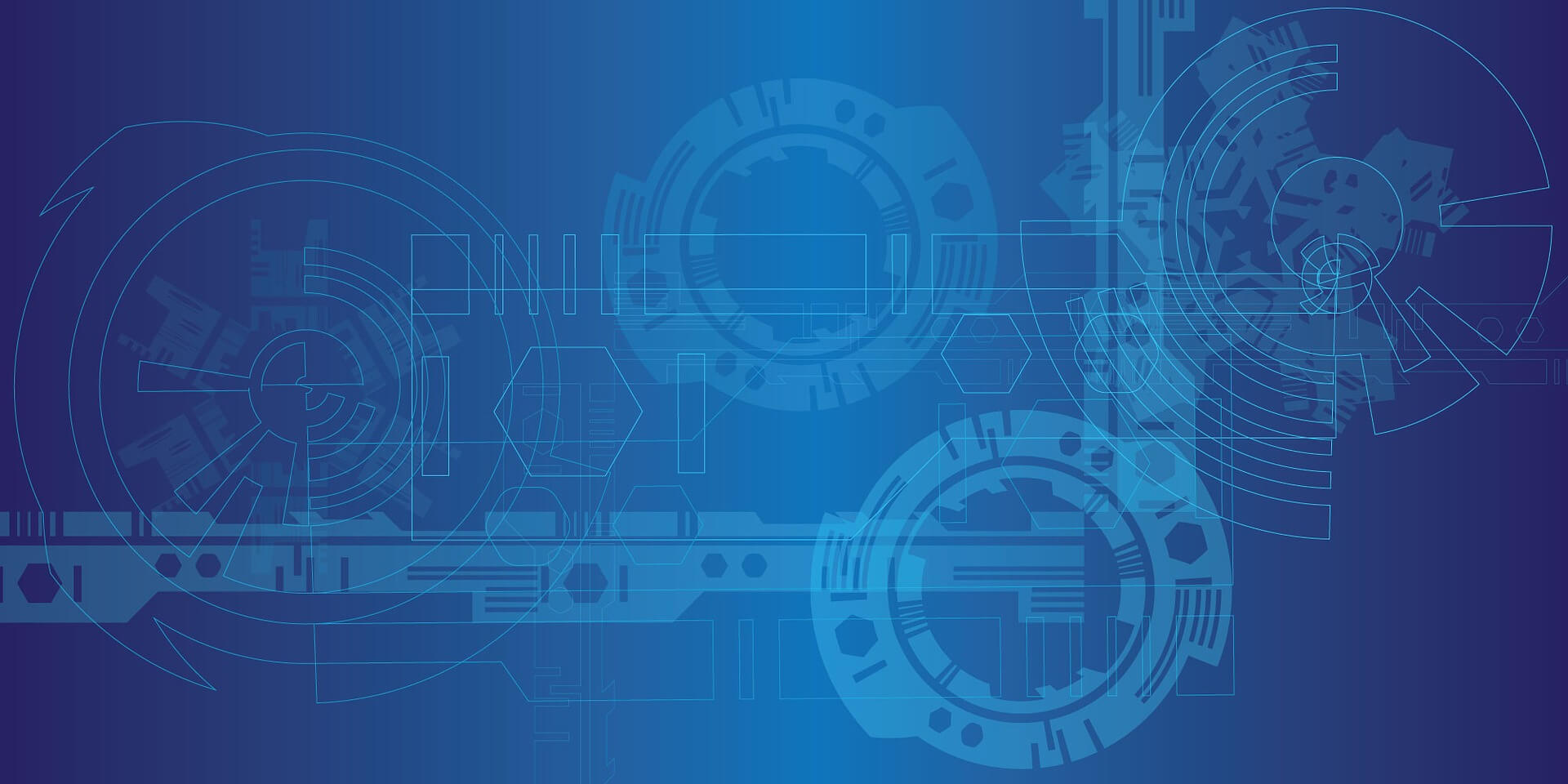In today’s fast-paced business landscape, digitalization is no longer a choice – it’s an indispensable necessity.
For independent IT consulting firm, Metri, digitalization has always been championed by the company with hard facts as its base foundation. Sergej Berendsen, the General Manager of Metri, shares with Management Events on pursuing agility and digital transformation for business success.
Providing The Right Value
Decades after the arrival of the digital era, some companies are still researching and debating on digitally revamping their businesses. But for Metri, digital innovation is part and parcel of the company’s culture.
“Metri is highly digitized,” Berendsen states, “and has been a data-driven company from its incubation.”
As a provider of IT solutions, Metri’s mission is to utilize the effective combination of facts and people to come up with the right digital strategy that will create the desired efficiency, agility and value for their customers.
Berendsen explains that through IT solutions and fact-based principles, Metri helps clients to “further their digital strategy with IT benchmarking, IT sourcing, and data intelligence for application, portfolio and change management.”
Business Digitalization
Various industries have embraced disruptive innovations and digital transformation into their business strategy. However, the evolution is not just limited to large, global enterprises as even SMEs and startups are adopting new-generation IT strategies.
“Many of our customers can’t live without IT and their digital footprint is growing rapidly,” Berendsen remarks.
“Digital-first business models are more the norm than ever before.”
In fact, according to statistics compiled by FinancesOnline, “70% of organizations have a digital transformation strategy or are working on one.” This is further reiterated by IDC’s prediction that more than 50% of IT spending by companies will be focused on digital innovation by 2024.
But what do businesses need to ensure a sound and solid IT strategy?
For Metri, data is of utmost importance. Performance analysis, organizational structure, key figures, benchmark data – all these are necessary in order to improve agility and define IT improvements and optimum potentials for the company.
“Agility without facts and insights is like navigating in the dark.“
Berendsen further explains that, “More and more clients recognize the need for factual governance in an agile business world.”
The economic cost of implementing a digital strategy is also an underlying factor to consider, which is why Metri offers its IT benchmarking service, such as market price assessment of IT services and IT service cost study.
One example Berendsen cites is on the cost effectiveness of cloud technology. “Cloud is a great opportunity, but cost will quickly go out of control without proper cloud economics.”
Embracing Agility
To drive digitalization, a company must first become truly agile, which is the ability to respond rapidly to change. With new technologies continuously emerging, businesses need to establish change into the organization’s culture and routine to take full advantage of innovational opportunities.
“Agile will provide the greatest opportunity as a business game-changer.“
As observed by Berendsen, “Agile offers the ability to respond to the needs of the client, and as an enabler to embrace new technology and platforms.”
But many businesses are apprehensive about the transition into digitalization due to fear of making the first move or of failing in their transformation strategy.
On this matter, Berendsen comments that, “An agile, forward- and customer-facing, and learning-focused mindset is universal. However, in a digital world, one can fail faster, so one must (re-)act faster. Failure should be incorporated into the culture as a change to do better.”
Towards Customer Experience
The end goal of digital transformation for many organizations is usually to push ahead of the competition and to advance their operations. But few businesses realize that boosting the digitalization of their systems and processes can improve the services they provide to their clients.
By being agile and continuously integrating digital innovations into their organization, businesses can improve efficiency and communication, increase personalization, alleviate pain points, and provide more value. From robotics and automation to machine learning and cloud computing, having the right technologies and digital capabilities can lead to the delivery of unmatched customer satisfaction.
“Digital delivers nothing extra without proper use,” Berendsen states.
The push for enhanced customer experience can clearly be seen in Metri, where customer satisfaction is a top priority, and helping companies to get the best returns from their IT investment is the company’s core motive.
Leading The Change
Organizational culture change is a concerning factor for businesses launching digital initiatives. As the business landscape progresses towards digital transformation, many organizations have or are facing resistance to the transition from their workforce and even the management.
It’s critical, then, for leaders to design a comprehensive and well-planned digital strategy that focuses on specific areas that need to be updated, and to set realistic goals and expectations of the digital shift. Communication to the workforce is also key to building confidence and motivating them to take up the challenge.
Berendsen also advises business leaders to,“keep discipline up in moving towards the goals, and build and measure team effectiveness. Remove impediments quickly and embrace failure.”
Aside from employee resistance, lack of management support is also a deterrent to innovation, and companies must seek to continuously improve their “leadership’s ability to change and improve themselves.”
“Too often, senior leadership will talk the talk, but doesn’t walk the walk,” Berendsen comments. “Change from below is often too slow and gets bogged down in the middle layer.”
He further advises, “Senior leadership can pave the way but they need to change as well.”
Beyond Digitalization 2020
It’s a common misconception that digital transformation is purely about upgrading technology. In truth, real digitalization is about organizational agility and adaptability. It’s about building digital intelligence and capabilities, and having a solid change management framework.
To keep pace with the changes, companies must be disruptive in their own right by efficiently harnessing data, people and technology for a successful and sustainable digital transformation.













